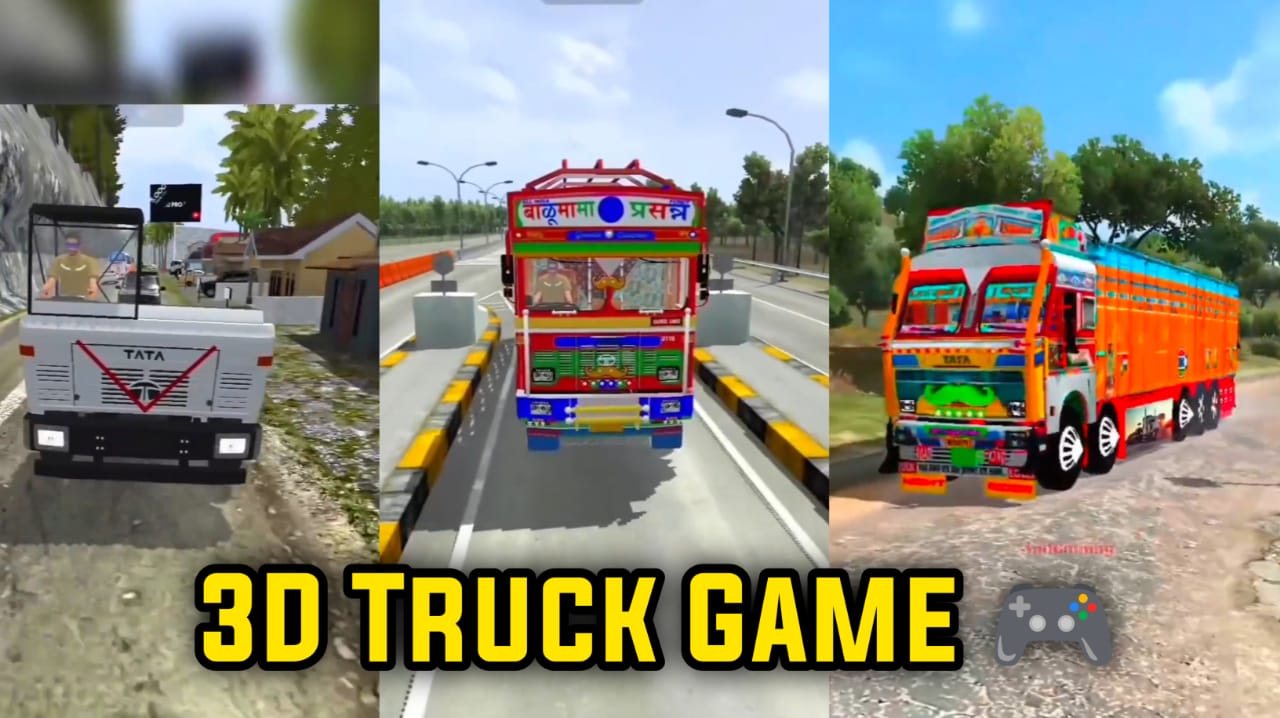Introduction
The advent of 3D technology in mobile gaming has revolutionized the industry, offering players immersive experiences that were once limited to consoles and PCs. Over the past decade, advancements in hardware and software have made it possible for developers to create rich, detailed worlds that can be explored on the go. This article delves into the evolution, impact, and future of 3D mobile games.
3D Mobile Games
Early Days
The journey of 3D mobile gaming began in the early 2000s with the advent of smartphones capable of supporting rudimentary 3D graphics. Games like “Tomb Raider” and “Tony Hawk’s Pro Skater” were among the first to be ported to mobile devices, offering players a glimpse of what was possible. However, these early games were limited by hardware constraints, resulting in simplified graphics and controls.
Technological Advancements
As mobile technology advanced, so did the capabilities of 3D games. The introduction of the iPhone in 2007 and the subsequent development of powerful Android devices marked a significant turning point. High-resolution screens, faster processors, and advanced GPUs allowed for more complex and visually appealing games. Titles like “Infinity Blade” and “Real Racing 3” showcased the potential of mobile devices to deliver console-quality graphics and gameplay.
The Rise of Mobile Gaming Platforms
The establishment of dedicated app stores, such as Apple’s App Store and Google Play, provided developers with a platform to distribute their games to a global audience. This democratization of game distribution, combined with the growing popularity of smartphones, led to an explosion of 3D mobile games. Developers began to experiment with various genres, from action and adventure to puzzle and simulation, resulting in a diverse and rich gaming ecosystem.
Impact on the Gaming Industry
Accessibility and Convenience
One of the most significant impacts of 3D mobile games is the accessibility and convenience they offer. Players no longer need to invest in expensive gaming consoles or PCs to enjoy high-quality games. A smartphone, which most people already own, is all that is required. This accessibility has expanded the gaming audience, bringing in casual gamers who may not have considered gaming as a hobby otherwise.
Social Connectivity
Many 3D mobile games incorporate social features, allowing players to connect with friends and other players worldwide. Multiplayer games like “PUBG Mobile” and “Fortnite” have become social platforms in their own right, enabling players to team up, compete, and communicate in real-time. This social connectivity has added a new dimension to mobile gaming, making it a more interactive and engaging experience.
Economic Impact
The mobile gaming industry has become a significant economic force, generating billions of dollars in revenue annually. In-app purchases, advertisements, and premium game sales contribute to this financial success. The freemium model, where games are free to download but offer in-app purchases, has proven particularly effective. Games like “Clash of Clans” and “Candy Crush Saga” have achieved immense financial success through this model, influencing the business strategies of game developers.
The Future of 3D Mobile Games
Augmented Reality (AR) and Virtual Reality (VR)
The future of 3D mobile games is likely to be shaped by advancements in augmented reality (AR) and virtual reality (VR). Games like “Pokémon GO” have already demonstrated the potential of AR, blending virtual elements with the real world. As AR and VR technology continue to evolve, we can expect even more immersive and interactive experiences on mobile devices.
Cloud Gaming
Cloud gaming is another promising development for 3D mobile games. Services like Google Stadia and NVIDIA GeForce Now are making it possible to stream high-quality games to mobile devices, eliminating the need for powerful hardware. This technology allows players to access a vast library of games without worrying about storage space or processing power.
Enhanced AI and Machine Learning
Advancements in artificial intelligence (AI) and machine learning will also play a crucial role in the future of 3D mobile games. These technologies can enhance gameplay by creating more realistic and responsive non-player characters (NPCs), improving procedural generation of game worlds, and offering personalized gaming experiences based on player behavior.
Conclusion
The evolution of 3D mobile games has transformed the gaming landscape, making high-quality, immersive experiences accessible to a global audience. As technology continues to advance, the potential for innovation in mobile gaming is limitless. With developments in AR, VR, cloud gaming, and AI, the future of 3D mobile games promises to be even more exciting and transformative.
4o
